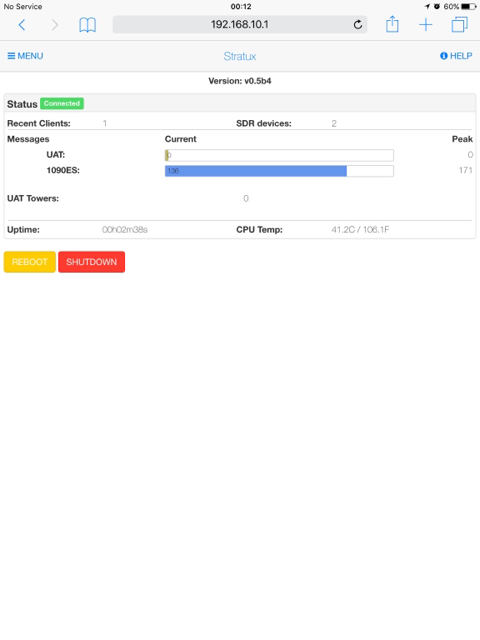They freely and clearly state that AHRS is still early development, so no one is expecting miracles at this time.
If it was easy, you would be doing it, but you are not.
Then it's reasonable for FF to say, "not a good idea for us to display it through an interface we didn't intend to be used in a way we haven't tested", then... Isn't it.
Pfffft on the last part. A quick look at this code base, and it's sucking in someone else's SDR module, defining a data format and frequency for the data (already done before Stratux and available openly to mimic or copy) and doing a translation into the serial stream format needed to talk to the aviation crowd. There isn't any rocket science in it.
If you're talking about the AHRS part, the last check in was to turn on a feature already in the chipset and to lower the valid data flag from 10 to 7 knots, as well as flip a variable type that was just flat used wrong. That last one is probably a result of a poor data sheet for the module, would be my guess. The git checkin didn't say.
Most of this is "packaging code", not new tech. ADS-B with various SDRs has been being done for quite a while now on Linux.
There's an open ticket to add network setting controls to it... Maybe if I get bored I'll make up a page to do that and do a pull request. Kinda want to look through this code base a little more first and get a build environment set up.
I'm happy they're doing it (for very small values of "they", there's only 12 contributors so far, and four of those added only a few lines of code... the vast majority of the work is two people, maybe three depending on where you draw the line, and the main guy seems nice enough in his YT video...). It'll be a nice toy if things are slow at work. Hacking is always interesting, but I don't see an itch to scratch for me yet. That network thing isn't really needed for anything but testing on a home LAN over Wifi.
Looks like they sucked in the latest from the guy who wrote the SDR dump tool also recently. That'll keep getting better too, but the Stratux guy didn't write that.


 (other than the fact it's much shorter!)
(other than the fact it's much shorter!)






